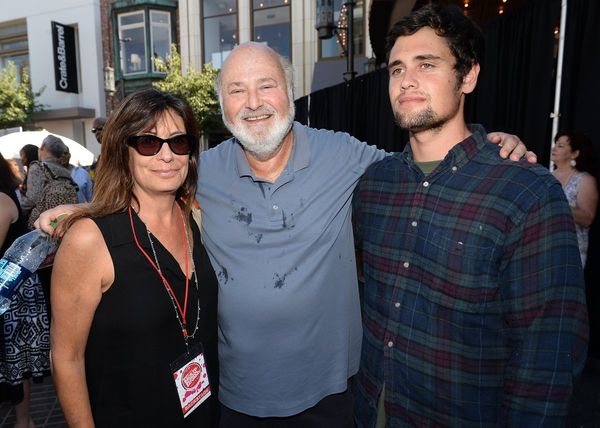
Scientists have detected ripples in space-time from the violent collision of two massive black holes that spiralled into one another far beyond the distant edge of the Milky Way.
The black holes, each more than 100 times the mass of the sun, began circling each other long ago and finally slammed together to form an even more massive black hole about 10bn light years from Earth.
The event is the most massive black hole merger ever recorded by gravitational wave detectors and has forced physicists to rethink their models of how the enormous objects form. The signal was recorded when it hit detectors on Earth sensitive enough to detect shudders in space-time thousands of times smaller than the width of a proton.
“These are the most violent events we can observe in the universe, but when the signals reach Earth, they are the weakest phenomena we can measure,” said Prof Mark Hannam, the head of the Gravity Exploration Institute at Cardiff University. “By the time these ripples wash up on Earth they are tiny.”
Evidence for the black hole collision arrived just before 2pm UK time on 23 November 2023 when two US-based detectors in Washington and Louisiana, operated by the Laser Interferometer Gravitational-wave Observatory (Ligo), twitched at the same time.
The sudden spasm in space-time caused the detectors to stretch and squeeze for one tenth of a second, a fleeting moment that captured the so-called ringdown phase as the merged black holes formed a new one that “rang” before settling down.
Analysis of the signal revealed that the colliding black holes were 103 and 137 times the mass of the sun and spinning about 400,000 times faster than Earth, close to the theoretical limit for the objects.
“These are the highest masses of black holes we’ve confidently measured with gravitational waves,” said Hannam, a member of the Ligo scientific collaboration. “And they’re strange, because they are slap bang in the range of masses where, because of all kinds of weird things that happen, we don’t expect black holes to form.”
Most black holes form when massive stars run out of nuclear fuel and collapse at the end of their life cycle. The incredibly dense objects warp space-time so much that they create an event horizon, a boundary within which even light cannot escape.
Physicists at Ligo suspect the black holes that merged were themselves products of earlier mergers. That would explain how they came to be so massive and why they were spinning so fast, as merging black holes tend to impart spin on the object they create. “We’ve seen hints of this before, but this is the most extreme example where that’s probably what’s happening,” Hannam said.
Scientists have detected about 300 black hole mergers from the gravitational waves they generate. Until now, the most massive merger known produced a black hole about 140 times the mass of the sun. The latest merger produced a black hole up to 265 times more massive than the sun. Details are to be presented on Monday at the GR-Amaldi meeting in Glasgow.
Before the first gravitational wave detectors were built in the 1990s, scientists could observe the universe only through electromagnetic radiation such as visible light, infrared and radio waves. Gravitational wave observatories provide a new view of the cosmos, allowing researchers to see events that were otherwise hidden from them.
“Usually what happens in science is, when you look at the universe in a different way, you discover things you didn’t expect and your whole picture is transformed,” said Hannam. “The detectors we have planned for the next 10 to 15 years will be able to see all the black hole mergers in the universe, and maybe some surprises we didn’t expect.”







